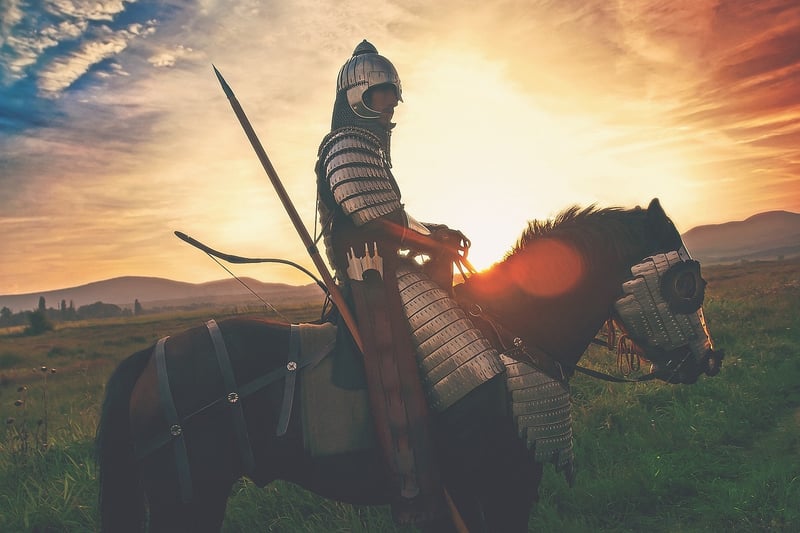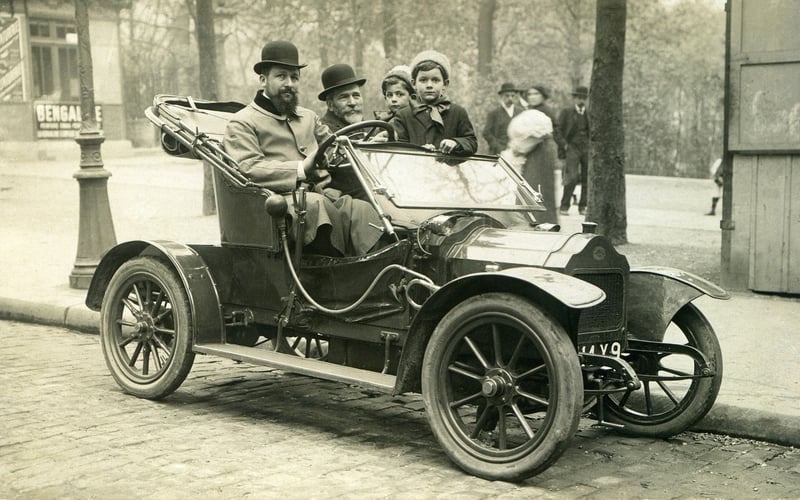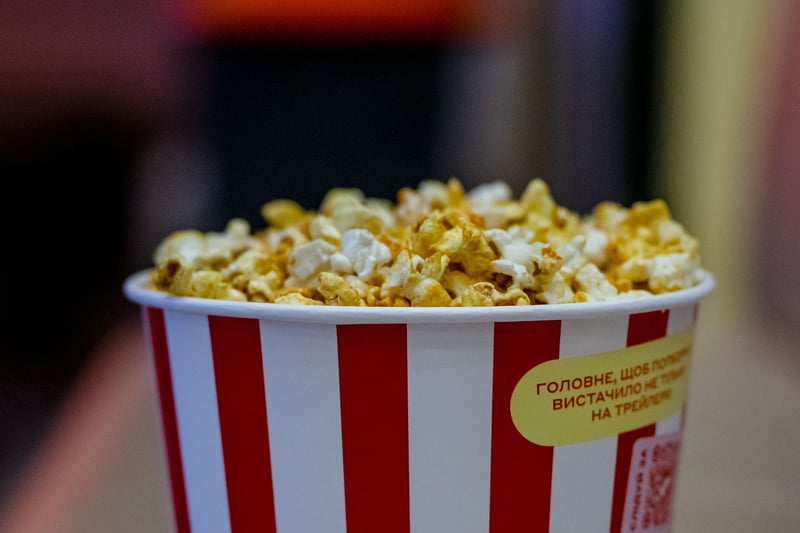Temporal Sightseeing
The Evolution of Leisure Activities Through the Ages
Leisure activities have always been an integral part of human life, evolving over time to reflect the changing needs and interests of society. Let's take a journey through the different ages to explore how people have spent their free time.
Ancient Times
In ancient civilizations such as Mesopotamia, Egypt, and Greece, leisure activities were often intertwined with religious or cultural practices. People engaged in activities like music, dancing, and sports as a way to honor their gods or celebrate important events.

Medieval Era
During the Middle Ages, leisure activities were heavily influenced by social class. The nobility enjoyed hunting, feasting, and jousting, while the common people participated in activities like archery, storytelling, and festivals.

Industrial Revolution
The Industrial Revolution brought about significant changes in leisure activities as people moved to urban areas for work. Public parks, theaters, and museums became popular destinations for city dwellers seeking entertainment and relaxation.

Modern Times
Today, leisure activities are diverse and cater to a wide range of interests. From watching movies and playing video games to hiking, traveling, and practicing yoga, people have endless options to unwind and enjoy their free time.

Temporal Sightseeing: Exploring Leisure Across Time
Temporal sightseeing is a fascinating way to immerse yourself in the leisure activities of different historical periods. By visiting museums, historical sites, and reenactment events, you can experience firsthand how people in the past spent their leisure time.
Whether you're interested in ancient rituals, medieval tournaments, or industrial-era inventions, temporal sightseeing offers a unique perspective on the evolution of leisure and entertainment.
So, why not embark on a journey through time and discover the rich tapestry of leisure activities that have shaped human culture throughout the ages?
